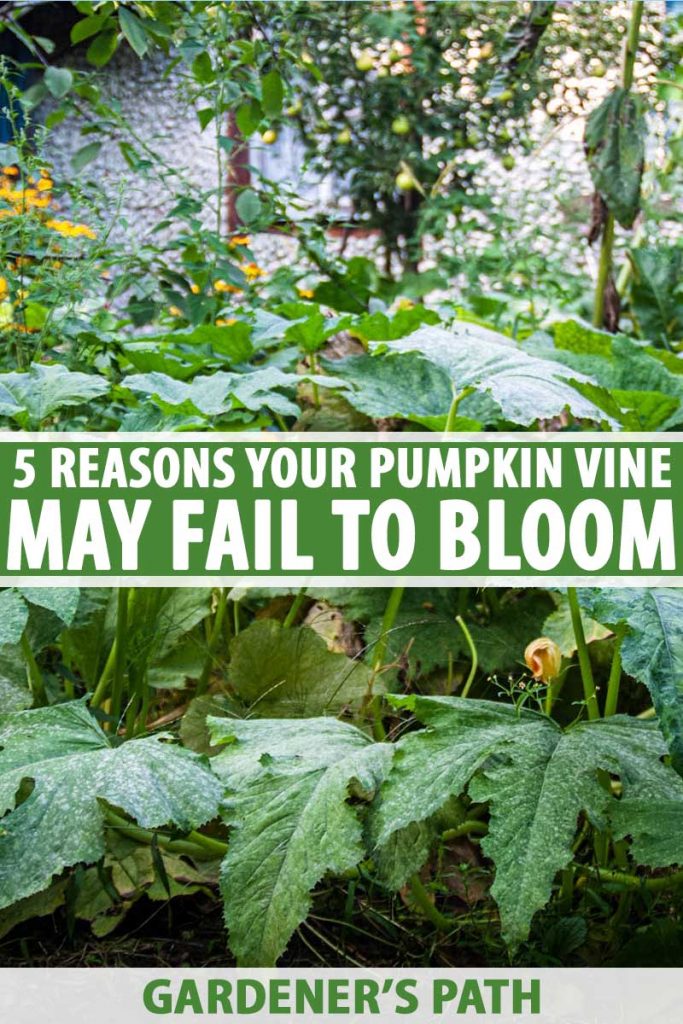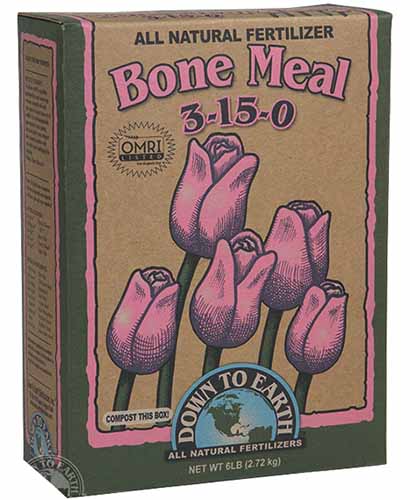You planted your pumpkin seeds and felt that buzz of enjoyment as quickly as they germinated and poked by the earth.
They grew into sturdy vines with enormous leaves, nonetheless right all through the time whenever you anticipated flowers, none acquired proper right here.
What on this planet?
Do it’s a must to’re questioning why your pumpkin (Cucurbita pepo) isn’t producing flowers, you’ve come to the precise place.
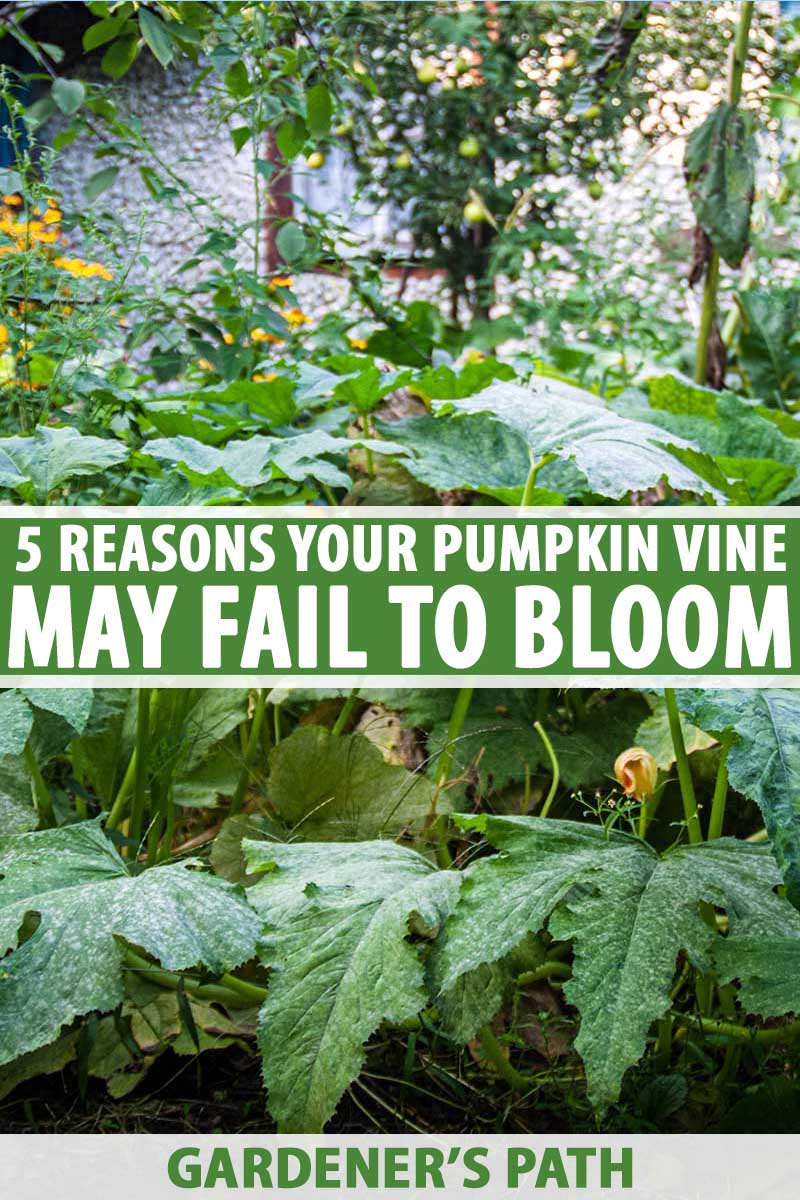

We hyperlink to distributors that may make it simpler to uncover related merchandise. Do it’s a must to purchase from one among our hyperlinks, we could earn a cost.
We file the 5 elementary causes flowers couldn’t seem whenever you depend on them.
Let’s begin problem-solving!
1. Timing
From the time you sowed seeds contained in the flooring, it is best to depend on them to germinate inside seven to 10 days. About eight weeks (or 50-55 days) after that, it is best to start out seeing flowers.
That is about midway by the pumpkin’s 100-120 day rising time, relying on the variability.
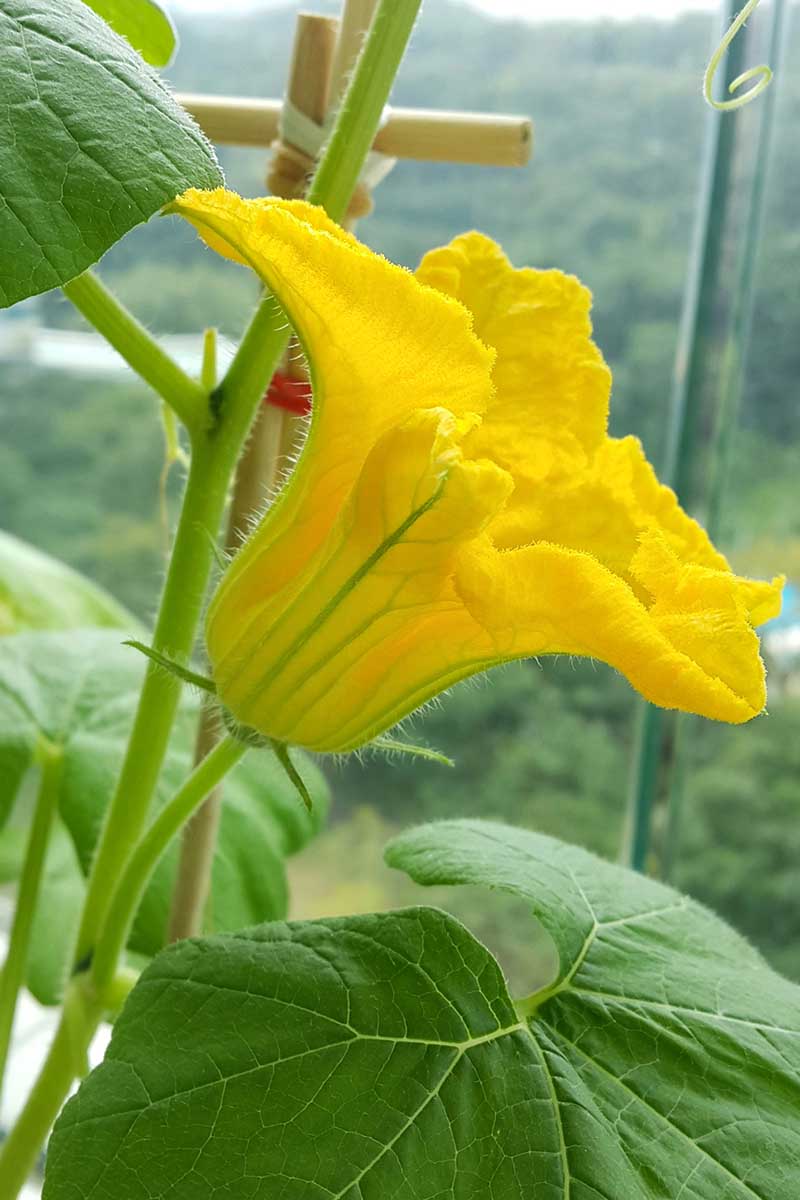

Correct proper right here’s a tip: the primary flowers you see are male. Crucial seen distinction between female and male flowers is that males don’t embrace an ovary like females do. The ovary appears to be like like a tiny lump merely behind the flower.
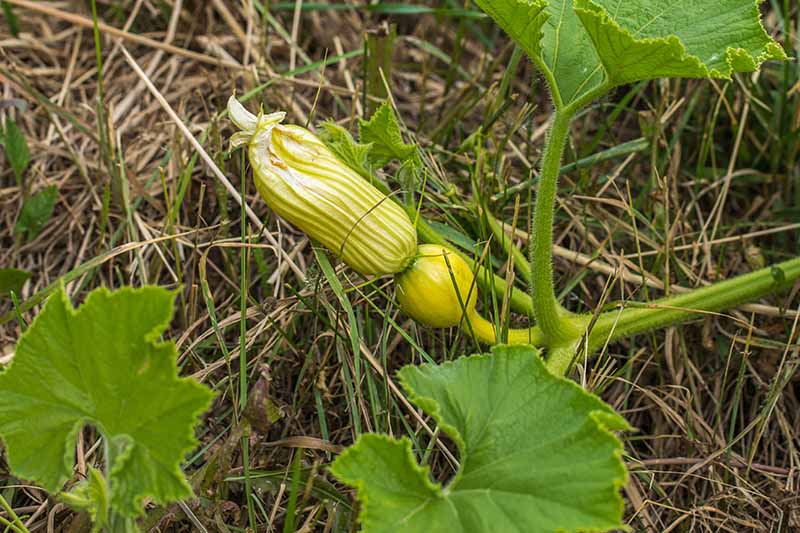

Male flowers, furthermore generally known as staminate flowers, embrace pollen on the stamen. They start to look on the plant quite a few week or two earlier than you’ll see any feminine, or pistillate flowers.
The pollen’s aroma in your yard begins to draw bees from the beginning, ensuring that there’ll almost definitely be pollinators spherical as shortly as the feminine flowers bloom.
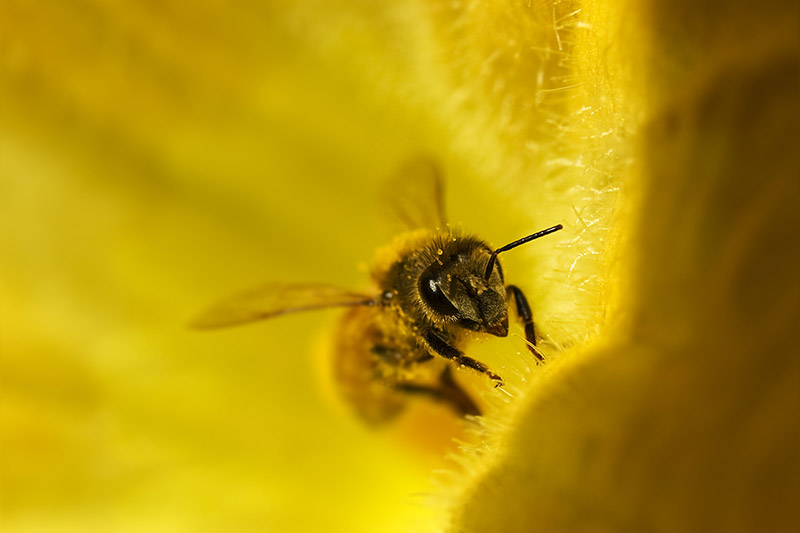

Correct proper right here’s one completely different secret of the pumpkin flower that I didn’t know till I began rising my very private pumpkins: they solely closing for a day.
The flowers unfold at daybreak. Inside the next loads of hours, they open an rising number of till they’re swish golden basins at their peak of magnificence.
These hours are vital for pollination, whether or not or not or not you’re relying on bees or pollinating the plant your self.
The pollen on the male flower’s stamen should get transferred to the feminine flower’s stigma, defending the entire segmented head.
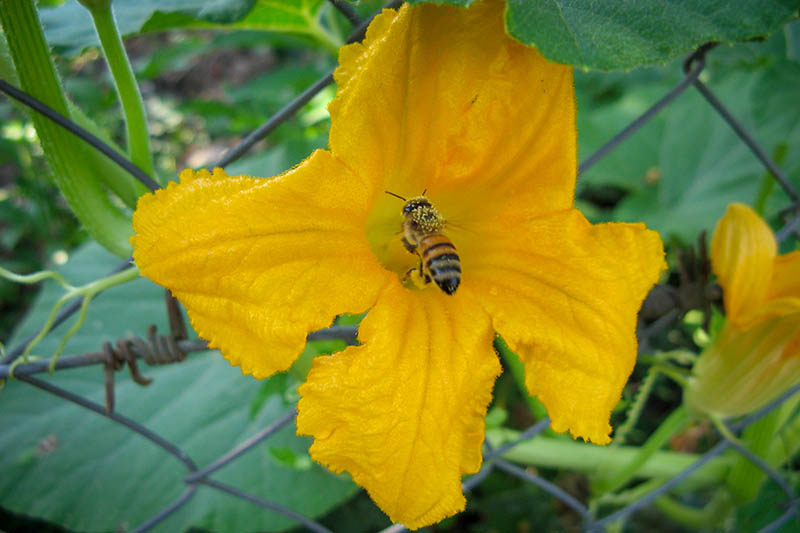

Nonetheless that’s birds-and-bees give attention to for an additional article on pumpkin pollination.
For now, merely know that pumpkin flowers hold transient nonetheless essential lives. By the best of their first day of life, they shrivel up.
The second concern to remember is that they don’t seem till midway by the plant’s full life cycle.
So for many who happen to see vines and leaves nonetheless no flowers, ponder two factors:
- The plant could also be nearly developed ample for flowers to type, nonetheless not fairly. Affirm the date of germination, for many who happen to wrote it in your gardening journal or took {{a photograph}} in your cellphone with a date stamp. (I generally depend on the latter methodology!) If it’s solely been 30-50 days, flowers aren’t nonetheless ready to bloom.
- It’s attainable that you simply simply’re lacking the bloom time. Most likely you didn’t get a chance to step into your yard contained in the morning or all day, and all you see are shriveled stumps on the vine by night. You’re unsure inside the event that they ever have been flowers, or inside the event that they’re some unusual mutation. It’s seemingly that they have been flowers. And if feminine flowers have been pollinated, you’ll quickly see that rounded ovary flip proper right into a ravishing pumpkin!
2. The Soil
Do it’s a must to aren’t seeing flowers even after higher than 55 days, it’s attainable that the soil your pumpkins are rising in has an excessive amount of nitrogen, which contributes to pretty leaves nonetheless to not flower manufacturing.
Or possibly it has a workable quantity of nitrogen nonetheless not ample phosphorus.
Phosphorus is answerable for serving to crops set fruit, and it’s integral to the flowering course of.
So for many who happen to planted your pumpkins in fertile soil loads of months beforehand nonetheless haven’t fed them one factor since, it’s time to feed these hungry pumpkins!
To encourage flowering whereas nonetheless supporting leaf progress, select a 5-10-10 NPK fertilizer in order that your crops get additional phosphorus and potassium than nitrogen.
Do it’s a must to’d fairly not use a chemical fertilizer, work bone meal into the soil spherical your pumpkins, in step with bundle directions.
Down To Earth Bone Meal All Pure Fertilizer
This bone meal fertilizer, accessible from Arbico Organics, comprises loads of phosphorus, barely little little little bit of nitrogen, and no potassium — it’s 3-15-0 NPK, which ought to assist your crops start to blossom if phosphorus is what they’re missing.
Do it’s a must to suspect that an excessive amount of nitrogen is the problem, what to do? How do you reduce the quantity of a chemical side contained in the soil?
Try planting corn subsequent to your pumpkins subsequent yr, which eats up loads of nitrogen.
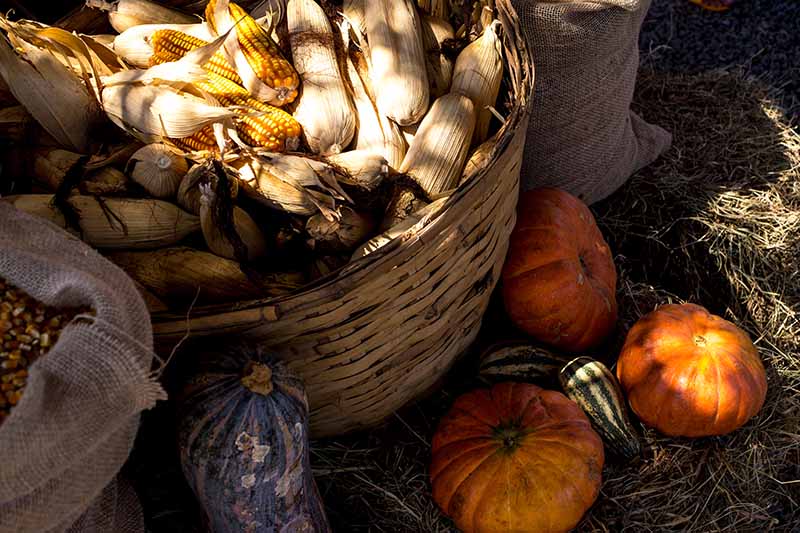

Do not forget that pumpkins want nitrogen too, so that you simply simply’re not attempting to eradicate and even tremendously diminish the content material materials supplies.
The principle concern is to let just a few fully completely different crops income from it whereas along with phosphorus to assist these crops bloom.
You may be taught additional relating to the greatest companion crops to develop with pumpkins on this information.
3. The Photograph voltaic
One more reason you won’t see blooms is lack of sunshine.
Like many crops, pumpkin vines will develop weak and leggy with a scarcity of sunshine. And these crops love the photograph voltaic – they want at the least six to eight hours a day, ideally additional.
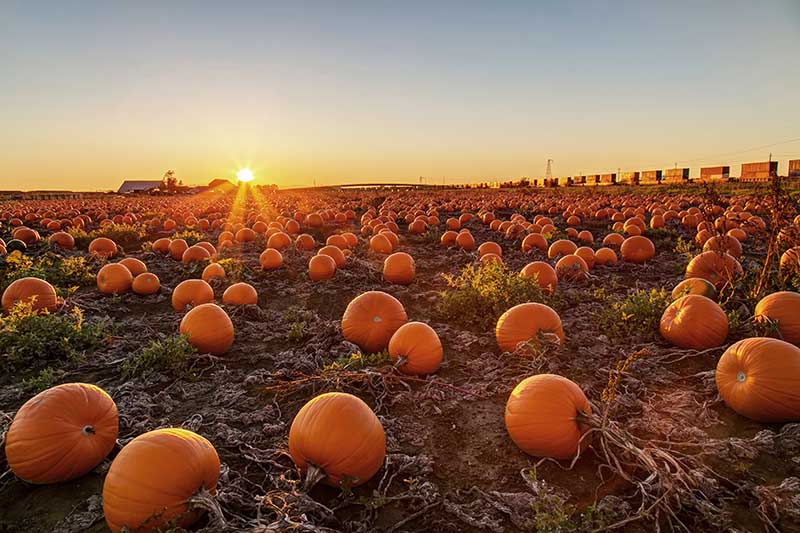

Throughout the event that they’re solely getting 4 or 5 hours of photograph voltaic and spend the remainder of the day shrouded in shade, they could not produce blossoms as quickly as they’re alleged to.
So for one full day, hold monitor of how heaps photograph voltaic your plant is getting. Don’t be afraid to fastidiously transplant it to a mannequin new, sunnier location if wanted.
4. Too A lot Warmth
It’s attainable that your plant is getting pressured beneath an infinite heatwave and dropping immature buds earlier than they’ve a chance to open.
Whereas pumpkins love sunshine, they don’t need to get too scorching.
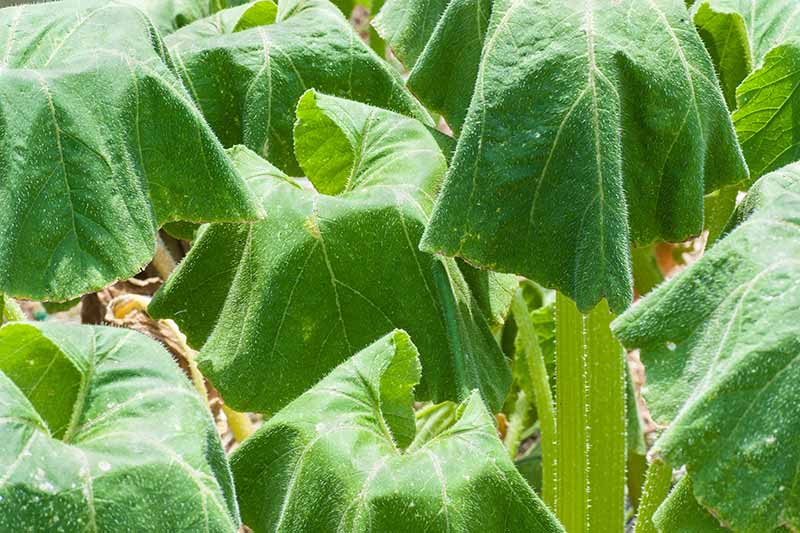

If daytime temperatures persistently rise above 90°F with little to no reprieve at night time, your plant could also be too pressured to provide flowers, which takes fairly just a few its vitality and dietary nutritional vitamins. As a substitute, it switches to a survival mode of sorts.
You is liable to be skeptical that the photograph voltaic might set off such harm to a sun-loving plant.
Nonetheless take this event, which occurred to me merely at the moment: I sowed loads of rhubarb crops from seed in containers this winter.
As quickly as our extra-long Alaskan summer season season days hit, they thrived of their heat windowsill spot, rising thicker stalks and large (for his or her age) leaves.
So I made a decision to place one exterior for some hardening off. Since rhubarb loves sunshine, I figured a pair hours in newest, comparatively cool, 60-degree daylight would do the plant some good.
I used to be flawed. It wilted.
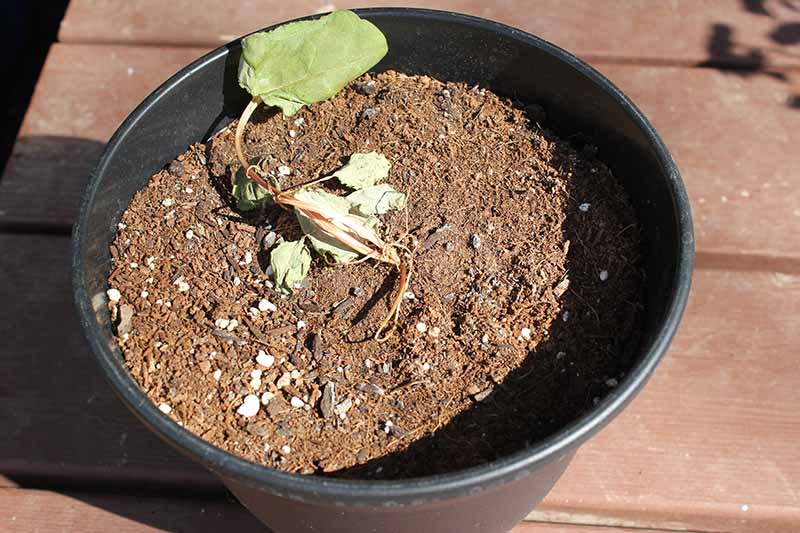

It bought an excessive amount of photograph voltaic, and the black container didn’t assist.
Now, I’m giving my remaining rhubarb crops some newest, shady, and partly sunny air every single day, they usually’ve stayed blissful.
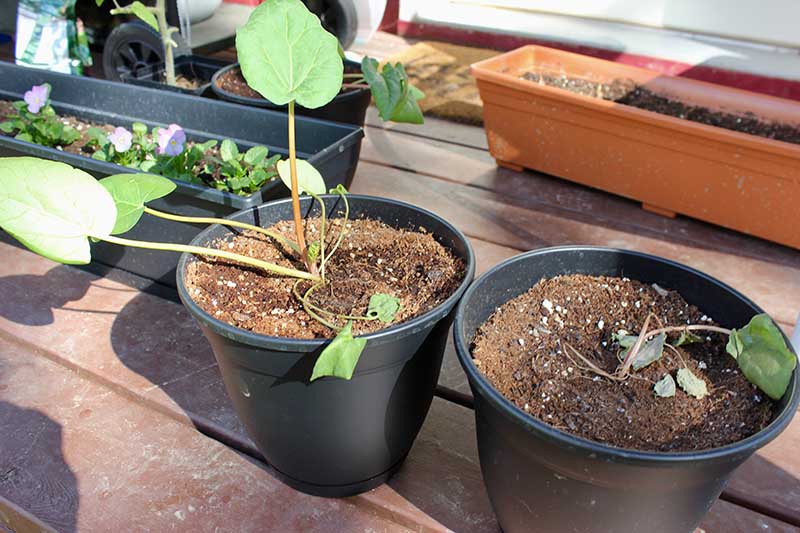

So correct proper right here’s what to do if pumpkin flowers are dropping and likewise you watched overheating is the wrongdoer:
- Make sure you give the plant quite a lot of water on the popular days, and canopy the entire drip line, to make the most of tree language, with a light-colored mulch like straw, to deflect warmth.
- Try shading your crops with shade supplies and hoops within the midst of the preferred a part of the day.
Merely as we need assist staying cool within the midst of the center of any scorching summer season season day, so do our crops.
5. There’s a Fungus Amongst Us
Sorry, I couldn’t assist slipping that pretty rhyme in. Nonetheless what I actually recommend is that there could also be fungus amongst your pumpkins, and that could be the rationale why the vines aren’t producing flowers.
Powdery mildew is one terribly frequent illness launched on by fungi, and pumpkins are further inclined.
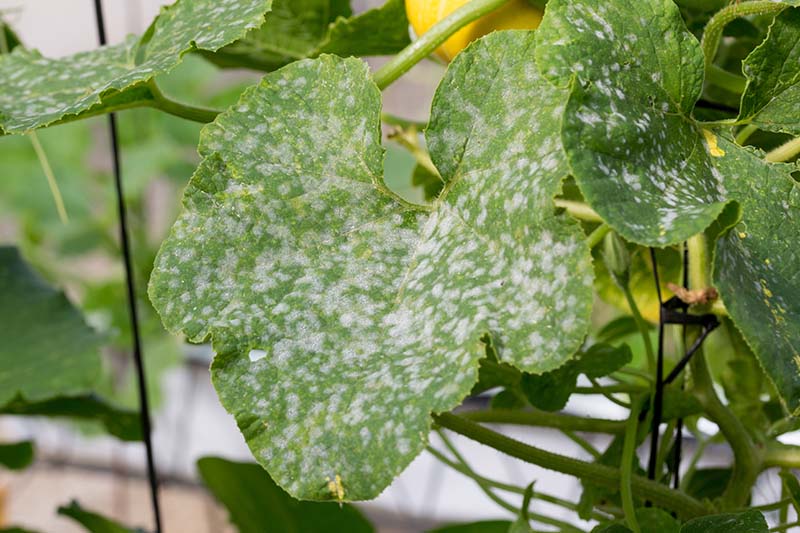

Do it’s a must to see powdery white stuff in your pumpkin vines or leaves, take motion shortly. Take away the affected leaves and seize an pure fungicide to care for the plant.
Some fungicides are preventative, others are alleged to care for an present infestation, and a few do each. So pay attention to what you’re spraying your crops with.
Spraying an present fungal outbreak with preventative fungicide gained’t do heaps, whereas along with a therapeutic fungicide to non-infected crops usually is a waste of money and time.
And for many who happen to stay in an additional moist, moist home, it’s price spraying your crops with preventative fungicide early on of their progress.
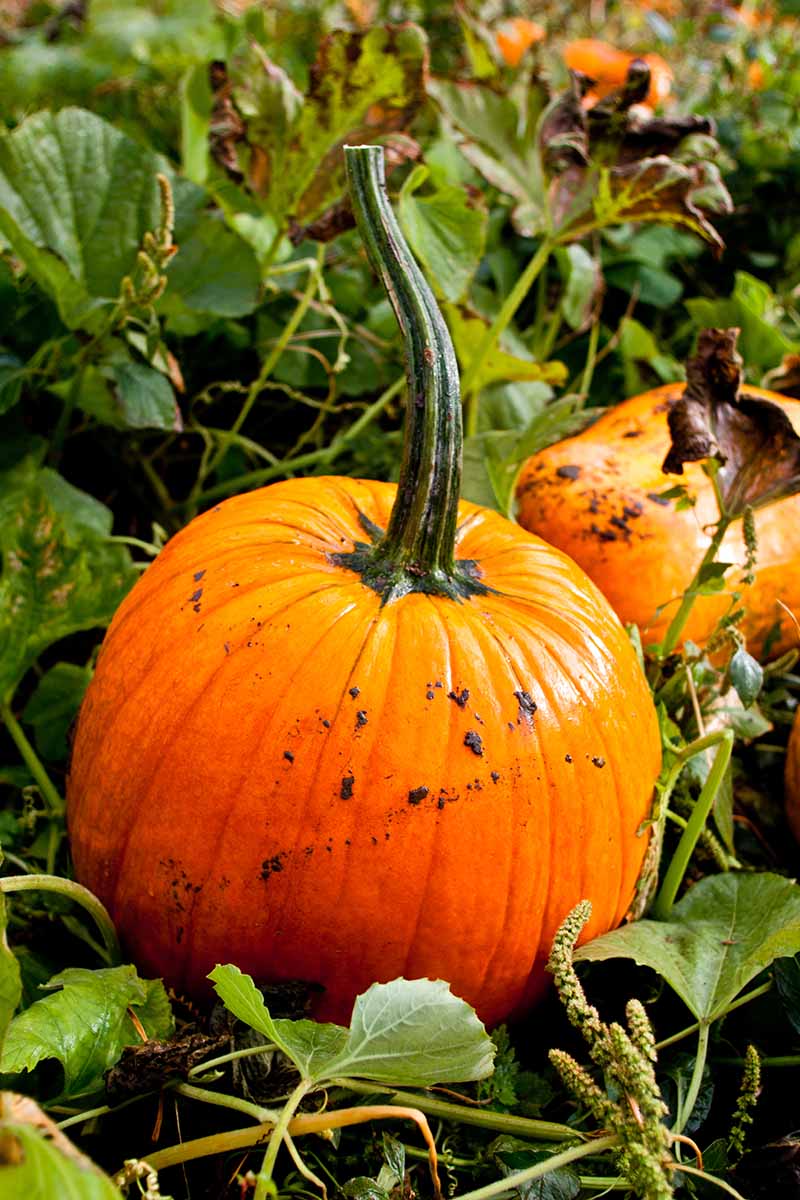

Furthermore, whenever you’re eradicating leaves, ensure you wash your fingers between crops and even between contaminated and not-yet-infected leaves on the an an identical plant.
The very very final thing that you could do is pluck a mildewed leaf off one vine, solely to make the most of that very same hand to the contact a healthful shut by plant or leaf, thus spreading the spores.
Any fungal an an an infection might affect blossoming if the illness lowers the general properly being of the vines and leaves, delaying blooming and even killing the plant.
Nonetheless with fast and early therapy, it is best to be succesful to keep away from this.
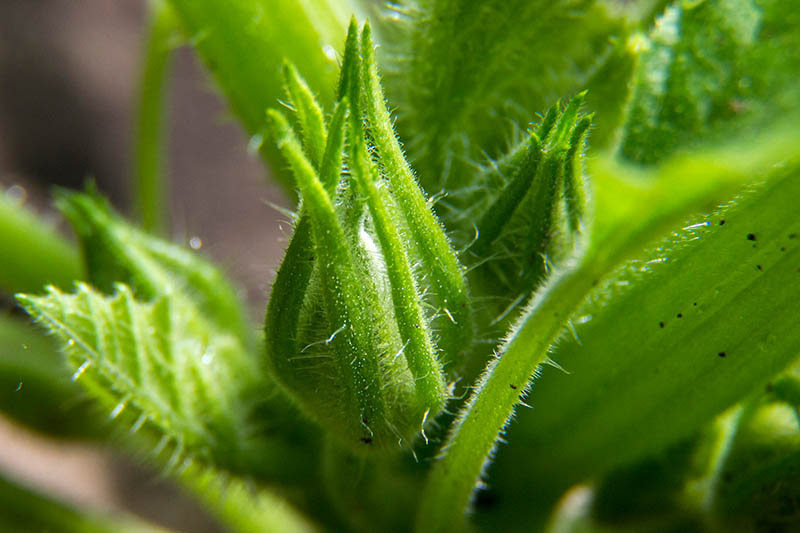

The reality is, the most effective technique to forestall fungal infections is to keep away from overhead watering and assure there’s satisfactory airflow spherical your plant.
This, blended with shifting into the conduct of checking your pumpkin leaves and vines each day for indicators of illness, will assist make sure that your crops are healthful ample to blossom and set fruit.
Could They Bloom and Develop Perpetually
Efficiently, possibly not ceaselessly. Nonetheless now that you simply simply already know the 5 elementary culprits that may set off a scarcity of blossoms, you’re ready to get these crops healthful and blooming.
And in addition you already know what meaning – child pumpkins coming quickly to a plant close to you. Oh, the enjoyment!
Contained in the meantime, hold an eagle eye out for these pumpkins, like my three-year-old does. He adores checking on them. He even makes use of binoculars to get an extra-close look.
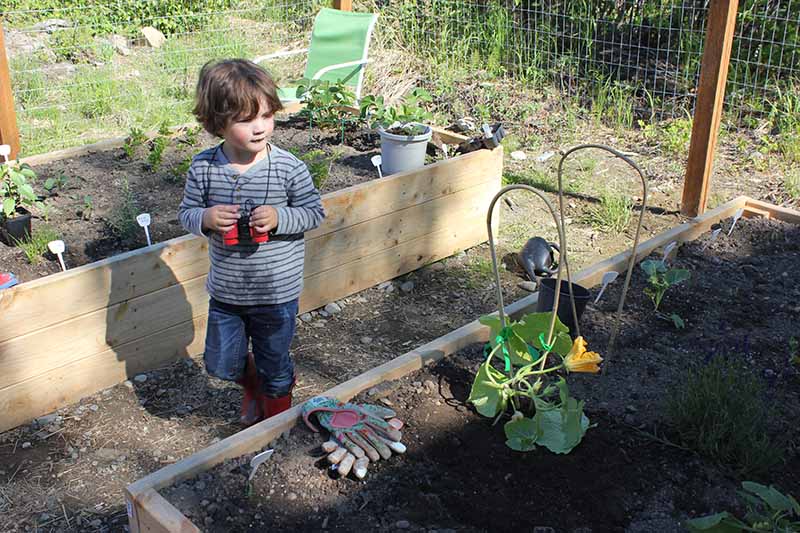

Have you ever ever ever ever handled pumpkins that didn’t should bloom? Inform us contained in the strategies!
And keep in mind to take a look at our fully completely different articles on rising pumpkins in your yard:

